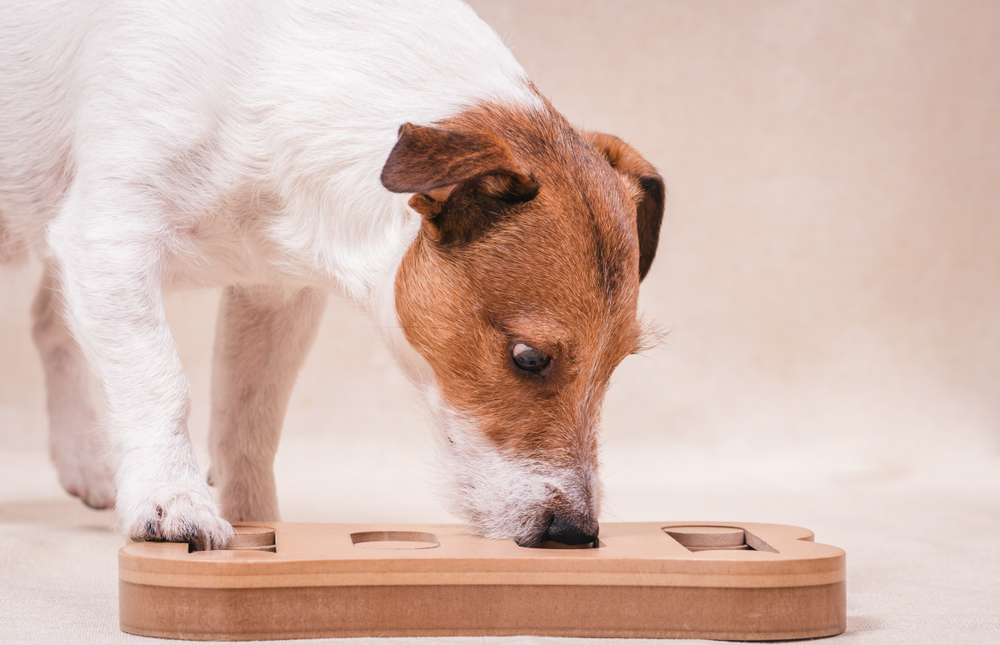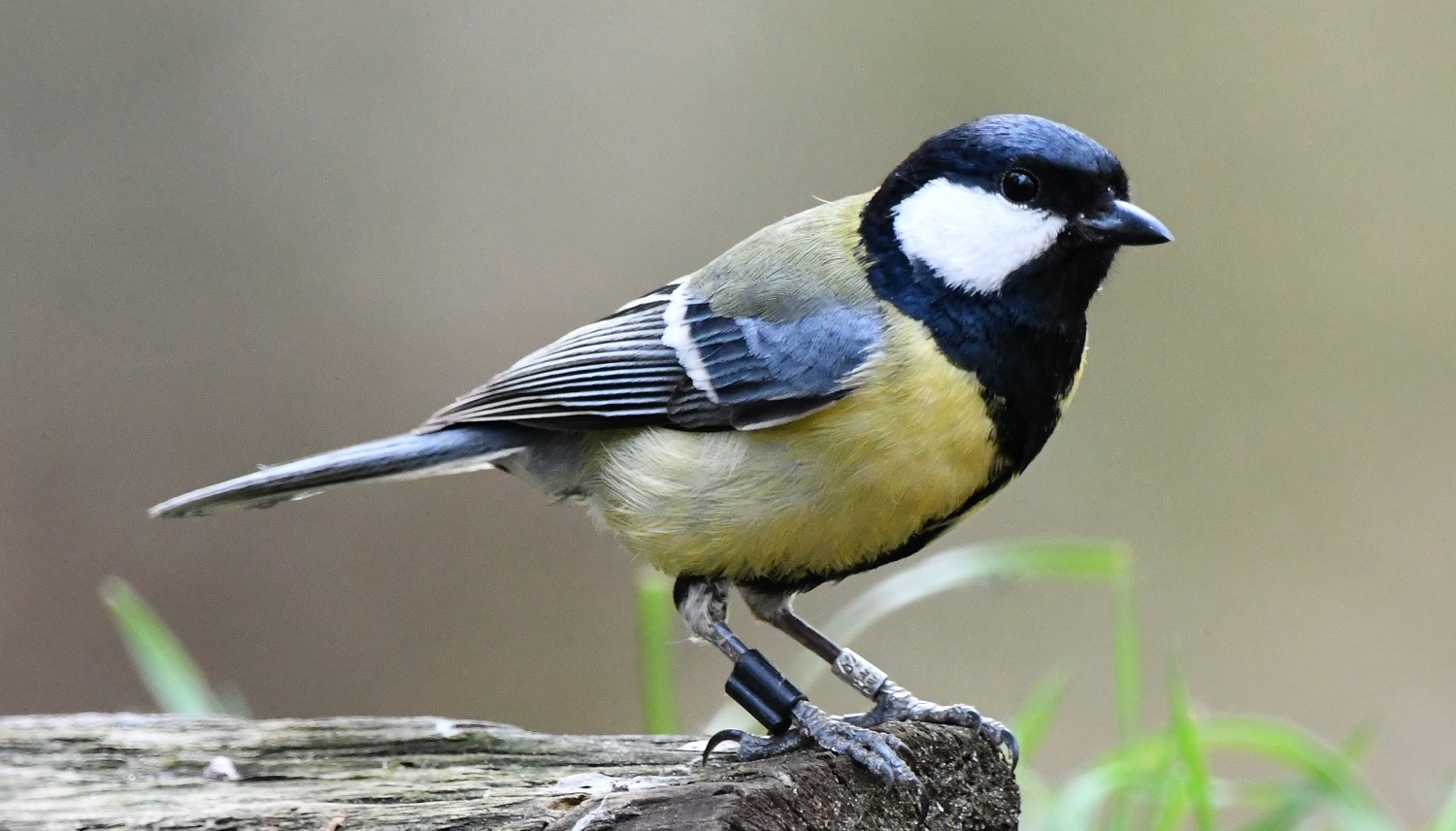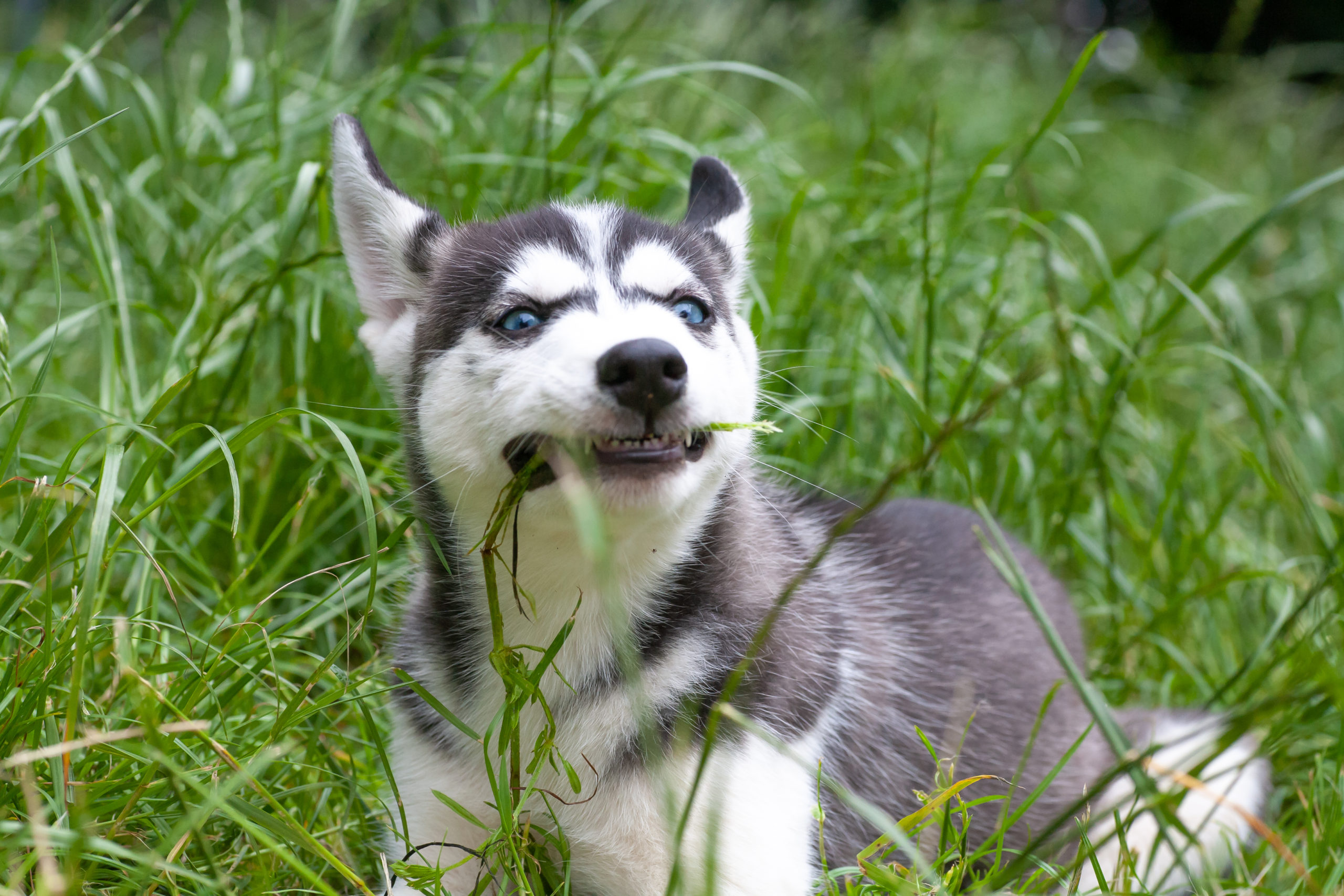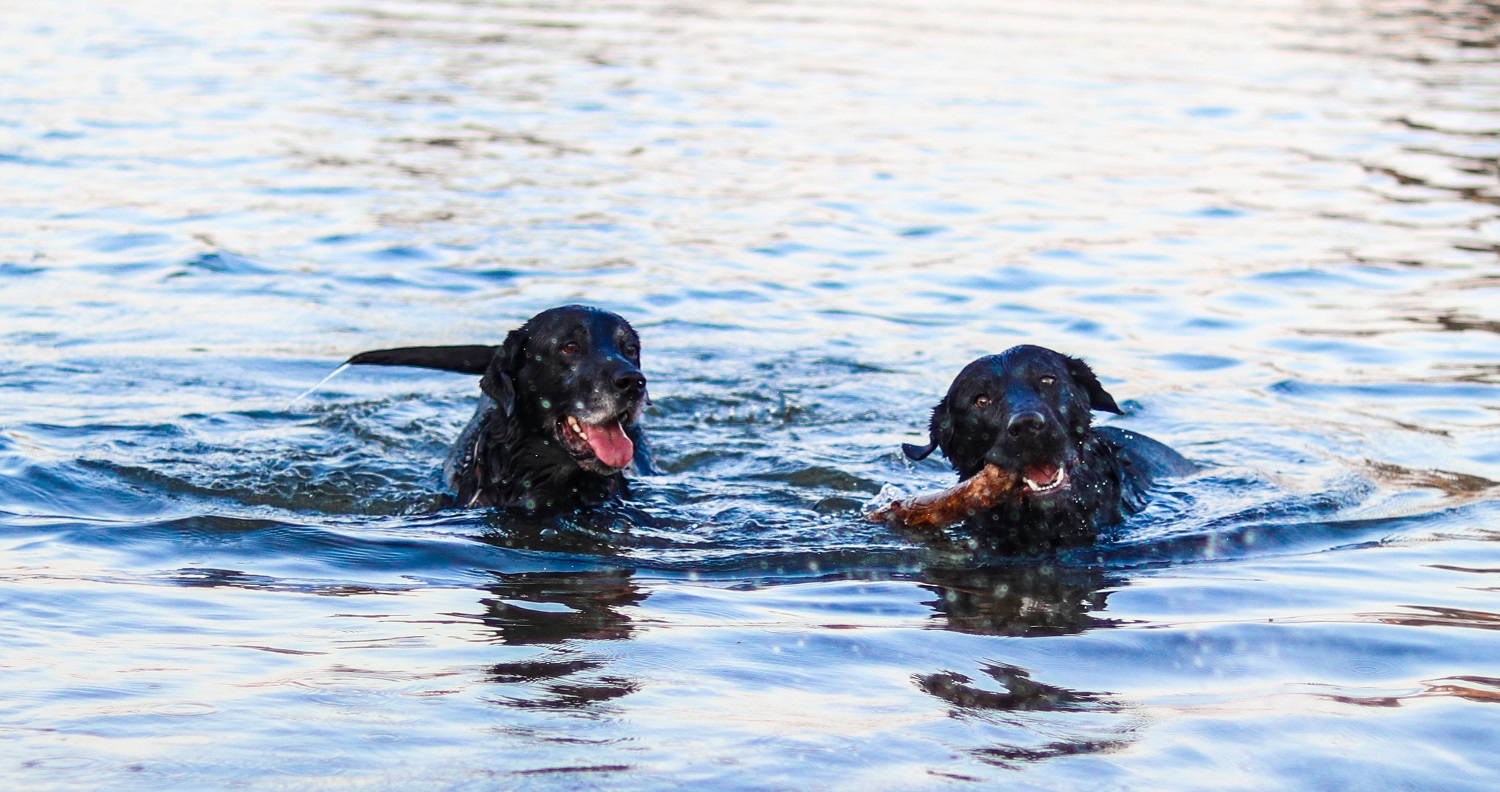To what extent do dogs understand human knowledge? This is the key question in Jori Noordenbos’ (Behavioural Ecology) PhD research. Dozens of dogs have been invited to solve puzzles in Zodiac for her research.
Dogs are experts at ‘understanding’ humans. They rapidly learn what human signals mean, frequently understand our body language better than we do, and can even determine whether a human can see a particular object. And, perhaps, they are capable of much more in this domain, thought behavioural ecologist Noordenbos. Is their social cognition perhaps developed to the extent that they know what humans know? Or, more precisely, are they able to determine which humans have the knowledge to solve a particular problem and which do not?
She developed an animal-friendly behavioural study in a bid to answer this question. In the Zodiac canine lab, which is equipped with many cameras and a one-way mirror, such as those used in police interrogations, the animals face two dog puzzles. The objective is to unlock a treat by moving parts of the puzzle with their snout. Almost all dogs are capable of solving this puzzle independently after a short introduction.
Once the dogs have successfully solved the puzzle several times, Noordenbos observes their behaviour when confronted with a rigged version in which there is no way to unlock the treat. Who do they look to for help? Is it the person the dog observed loading the treat into the puzzle (and who should hence know how to unlock it)? Or to their owner? Or a third person who is present during the experiment? And, is there a pattern to be found?
Eye contact
To avoid the Kluger Hans effect so named after the horse who was said to be able to do maths but who, in reality, responded to minute variations in human expression, diligence is key. The owner is seated behind the dog during the experiment, where the animal cannot see them. The person doing the puzzles and the observer have strict instructions regarding their body language during the time the dog spends on the puzzle.
Noordenbos included a check for the influence of scent. Dogs may use their expert sense of smell to make eye contact with the person with the strongest scent of treats. The test is set up so that the observer handles the treat for the same amount of time as the person setting up the puzzle.
No bullies
Noordenbos also takes the owner’s training approach into account, which is investigated by subjecting the owners to a survey because perhaps dogs with very strict owners may prefer to make (eye) contact with someone other than their master. Noordenbos says she has not encountered any real bullies. She is conducting this PhD study alongside her job as a research assistant with the Behavioural Ecology group. ‘People volunteer for the study, so there is some bias in the type of participants.’
Noordenbos and her team made up of several students, have currently done some eighty tests (check out Resource’s Instagram reel). The study will be prolonged. ‘Originally, we planned to do tests until Christmas, but there is room to continue until March. There is room for new participants, and dog owners in the WUR community are welcome to join.

 Jori Noordenbos uses dog puzzles to study canine social cognition. Photo Shutterstock
Jori Noordenbos uses dog puzzles to study canine social cognition. Photo Shutterstock 

